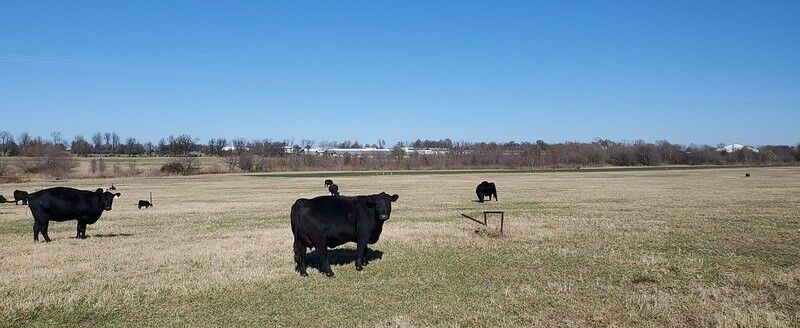The effects of late season usage on cool season grasses
It would be an understatement to say that forage producers have had a tough summer. Cold April. Hot May. Moisture lacking. It has been the perfect storm for hampering pasture and hay production, as well as yields of the crops (forage sorghums, corn silage, etc.) we’ve tried to use to fill the gaps. Feeding has started way too soon.
As temperatures have moderated and with some areas receiving beneficial moisture, cool season grasses are responding (slowly) to a return of conditions that favor recovery. That recovery from summer heat and drought stress is being combined with plants also getting ready for winter dormancy during the next couple of months.
So what’s going on out there? As temperatures drop in to the 70s, cool season grasses will, with adequate moisture, try to start growing again. When they dos, photosynthesis via green plant leaves produces energy. That energy is first used to grow new leaves. When ample green leaf area has been produced, energy is transported to roots. Surplus root energy is stored to maintain the plant through the winter and initiate greenup when conditions are right next spring. It’s a relatively simple, but often overlooked, process. When overlooked, it has a lot to do with how plants respond and prosper—or perish under certain conditions.
For those short on forage, a re-growing pasture or hay field might seem like some much needed relief from feeding. In many cases it can be. In others, long term damage could occur.
Any grazing this fall should be done with extreme caution and second cuttings of hay should likely be avoided. As the stand is recovering this fall, maintain at least 4 to 6 inches of green growth. Harvesting below a 4-inch height means that the plant not only has to respond to the harvest of photosynthetic area, but may have to deplete root reserves to do so. If adequate time and rest isn’t given to replenish reserves, the stand can be compromised.
While there are species differences to consider, before utilizing forages this fall, try to do a thorough walk through of the area to be grazed, using a ruler or other measuring device to determine the average grass height. If it’s not tall enough, try to find an alternative! If regrowth has been good, grazing might be OK, but should be done with extreme caution to avoid removal of forage growth needed to help next year’s stand. If stands must be used, make sure you are ready during the next grazing cycle for potential reductions in production or to monitor the stand for additional stresses that could further compromise forage yields.

